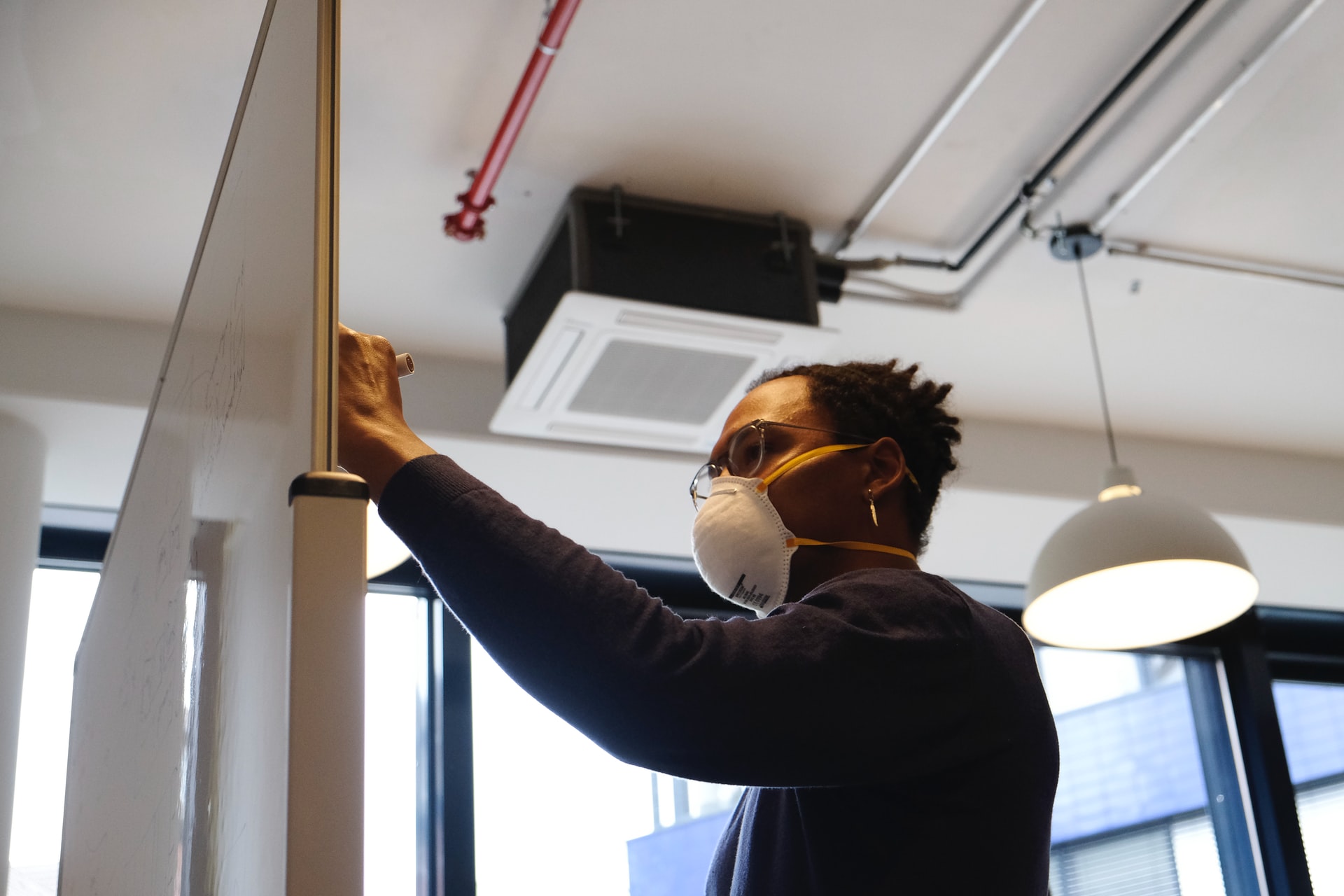The Top 3 Things Employees Need to Succeed During Challenging Times
You may have seen some of the video conference bloopers floating around the internet—a lawyer who was unable to turn off his “cat” setting, a woman who used the restroom not realizing she was still on video, and too many videos to count of kids hilariously sabotaging their parents’ meetings. All are perfect examples of the awkwardness that ensued when trying to make the best out of a situation that is less than ideal.
While comic relief may accompany this unsettling time in human history, the bloopers make one thing clear: companies worldwide had to make sudden, urgent transitions from in-person to remote without time to plan or work out the kinks. Organizations have been working ever since to ensure operations are running smoothly, and many are in the process of deciding whether to have a largely remote workforce or aim for a hybrid arrangement.
Many of the challenges companies are facing during the pandemic and as other crises occur around the globe can be distilled into two important questions:
- How can I ensure the success of my team, my organization, and myself during difficult times?
- How do I get the support I need, and how can I effectively support others?
The secret to success boils down to what we’ll call “nurturing communication.” This kind of communication reaches for more than just clarity—it aims to understand where support is needed. When this understanding is followed up with action, employees will have the proper foundation of support they need to succeed.
Nurturing Our Way Through Uncertainty
Due to the stress caused by the pandemic and its destruction of what we considered normal including face-to-face communication, many employees are feeling disconnected and burned out.
A 2021 Flexjobs survey reported that 76% of respondents agree that workplace stress affects their mental health. The same survey revealed that only 51% of respondents feel they have the emotional support they need at work to handle their stress.
The good news is that with the right kind of communication and support, employees can reduce stress. Remote or hybrid work arrangements don’t have to jeopardize the quality of our communication, a sense of organizational unity, or ongoing growth opportunities, either.
Organizations need to make changes if what they’re doing now isn’t working. As Albert Einstein said, “We cannot solve our problems with the same thinking we used when we created them.” We may not be able to control all of the problems we’re witnessing around the world, but we can change how effectively we’re responding.
Here are a few primary ways you can nurture teams and individuals to reach their highest level of success when life circumstances are less than ideal:
- Flexibility
An important part of navigating times of change is inviting flexibility and accepting that some of the old “normal” ways of doing things are no longer realistic. Nothing about the past year and a half has been “normal,” and it requires us to adjust our expectations of ourselves and our teams to fit the current reality.
Whether teams and leaders are flexible plays a significant role in employee satisfaction: A 2017 Workplace Trends survey found flexibility to be the top benefit for 75% of employees.
Day-to-day, flexibility looks like letting go of what the day is supposed to look like and instead responding to what arises in the moment. For example, imagine you have an important video conference with your teammate Annie at 2:00 P.M.. She receives a call at 1:45 P.M. from the elementary school to inform her that her daughter needs to be picked up early due to a positive Covid case in her classroom. She apologizes and tells you that she’ll need to reschedule.
You have two choices: you can either fight against the reality of the situation and spend the entire afternoon frustrated, or you can practice nurturing communication by letting her know you understand and that you’re eager to connect with her when time permits. The meeting, no matter how important you think it is, can always wait.
When you’re flexible, you realize that it isn’t about whether the process looks the way you imagined it—it’s about staying in communication with each other and working with rather than against the challenges that arise. - Check-in Conversations
If no one says anything, there must not be a problem, right
This is a false assumption, and it happens too often.
One of the best ways to practice nurturing communication is to check in with your team on a regular basis to uncover the areas where more support is needed.
A quick “How’s it going?” is better than nothing, but it doesn’t really invite the other person to open up. The best check-in questions are more specific:
How is the new platform working for you?
Have you run into any difficulties?
Do you feel like you have a good grasp of this new process, or do you need some extra time and support to get the hang of it?
And simply:
Do you feel like you have the support you need to continue being successful? Questions and answers may lead to asking more questions to gain a deeper understanding of what’s working and what’s not. The objective is to create space for others to communicate their needs so that teams can work together to find ways to meet those needs. - Coaching
Effective coaching is one of the greatest ways to nurture employees to success by providing an opportunity for ongoing practice and feedback. Leaders and their teams connect on not only the goals they share as a team and organization, but also on individual goals related to growth and performance.
The change and uncertainty we’re experiencing doesn’t have to stall learning initiatives. In fact, with the right coaching experience, navigating through these challenges can provide even more opportunities for growth and resilience. Coaching another person sends the nurturing message that you support them, you’re rooting for them, and you want to be a resource for their growth.
And it works. According to the International Coach Federation, 70% of coachees cite improvements to their work performance and 72% saw an improvement in their communication skills.
Asynchronous coaching is a flexible, underutilized solution that makes it easy to incorporate ongoing practice and follow up no matter how “not normal” the day-to-day may look. The asynchronous video option keeps teams connecting and reconnecting on a regular basis—an absolute necessity during times that can otherwise feel isolating and disconnected.
No matter how much your workplace has changed, you can keep connecting and keep learning initiatives rolling. The Fluency Speak video practice platform allows leaders and teams to improve their coaching skills, anytime and anywhere. Fluency Speak is a critical tool for improving performance and developing effective leaders, especially in these unpredictable times.




